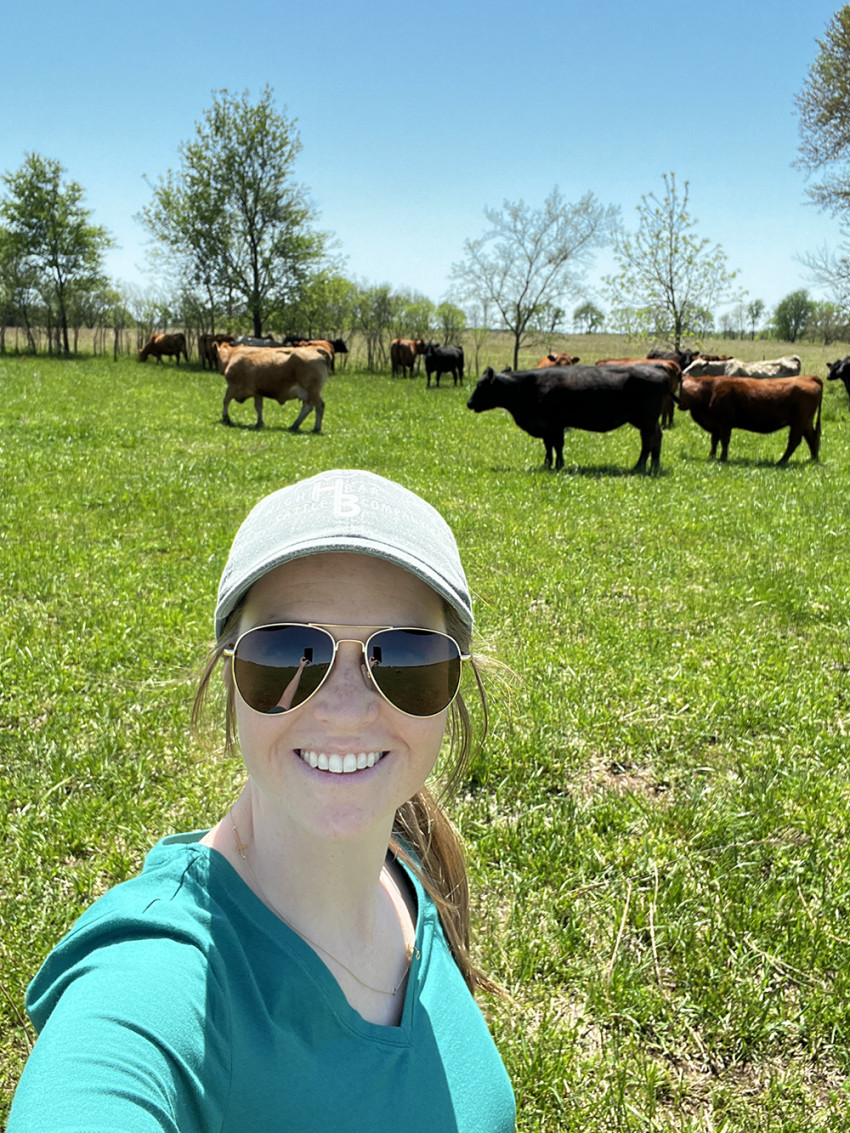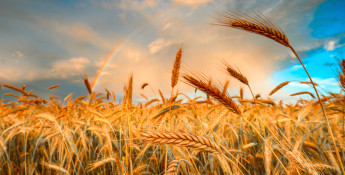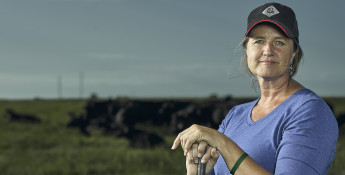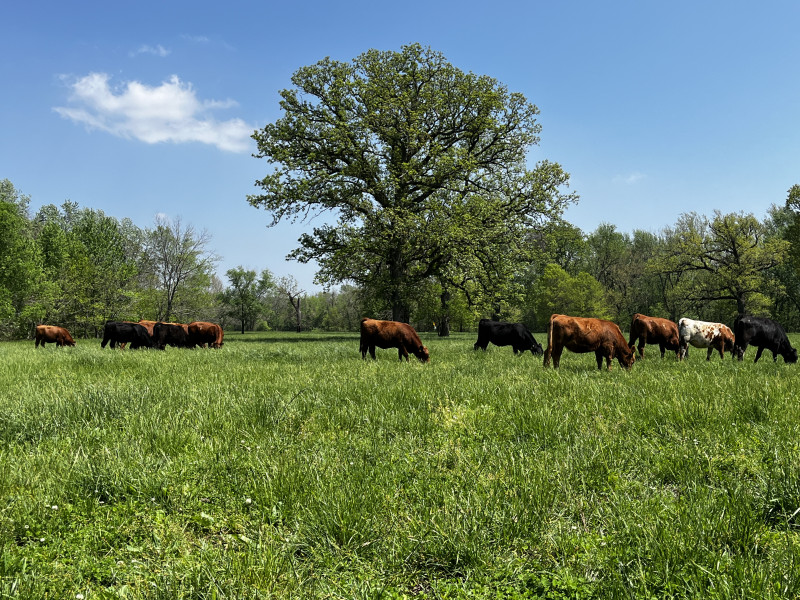By Brandi Buzzard on May 18, 2022
Three Ways Cattle Are Environmentally Sustainable
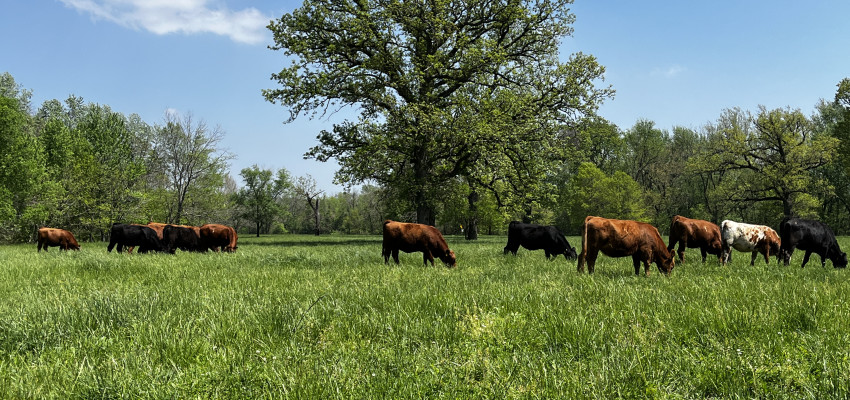
There are many claims that cattle are to blame for environmental woes and our society would be better off to leave beef behind and instead consume alternative, plant-based proteins. Despite these claims, there are many scientifically proven ways in which cattle help make our environment sustainable through their natural biological processes.
1. Recycling
Food waste is a massive problem in the United States. Approximately 40 percent of the U.S. food supply is wasted from farm to fork, and all that food waste piles up in landfills, which are a significant contributor of greenhouse gases such as methane. However, cattle from coast to coast have the unique ability to consume food waste and by-products that would otherwise decompose in a landfill into nutritious, high-quality protein. Whether it be bruised apples, sugar beet pulp or carrot tops (the availability of by-products is often specific to the region of the U.S.), cattle are doing their part to help mitigate greenhouse gas emissions and, consequently, climate change.
2. Upcycling
While cattle munching away solely on citrus pulp and tomato skins is an entertaining image to conjure, I’d be remiss to leave out their main dietary staple: grass, or, more specifically, cellulosic material. Humans cannot break down cellulose or use it to our nutritional benefit. However, cattle have unique four-compartment stomachs that allow them to break down cellulose and convert it into beef. Two-thirds of all agricultural land is full of cellulosic grasses that are indigestible to humans. Furthermore, some of the lands cattle graze on – prairie, mountain valleys, arid plains, etc. – are prime places for grasses to grow but are less than ideal for other crops like vegetables or fruits. In fact, more than 60 percent of global grazing lands are unsuitable for cultivated crops but support cattle grazing amazingly. Repurposing that land from cultivation to grazing injects a high-quality protein into the food supply that is vitally important to millions of people.
3. Carbon Sequestration
Cattle are a valuable component of the biogenic carbon cycle, which is the process by which animals, the environment and plants recycle carbon. The whole process centers on the ability of plants to complete photosynthesis, otherwise known as sequestering carbon. When plants perform photosynthesis, the carbon is converted to cellulose, which is the main building block for growing plants. As a by-product of grazing cellulose, cattle belch methane, which returns carbon to the atmosphere. After roughly a decade, the methane is broken down and is converted back to carbon dioxide. The process starts all over again when plants uptake the carbon from the air and store it in their leaves, stems, etc. This is the natural cycling of carbon, which bovines have been part of for hundreds of years.
It’s not uncommon or misplaced to be concerned about our environment, climate change and sustainability. However, as a rancher, I can assure you that I, and my fellow farmers and ranchers, care very deeply about preserving the planet for generations to come. The plains of Kansas are my home, and my husband and I investigate multiple practices to conserve resources and sustain the land. Grazing cattle is one way we can guarantee we are caring for the land, while also providing a livelihood and precious lifestyle for our families.

